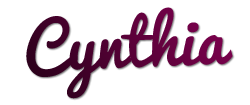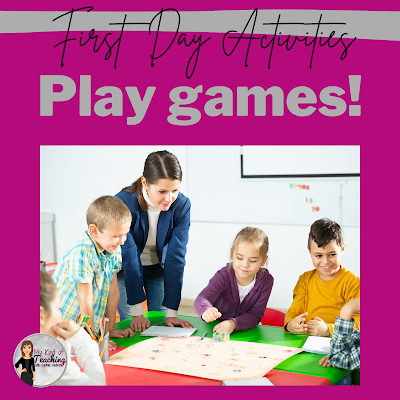The first-day jitters are REAL!
You’re not able to sleep the night before even though you know that you are ready.
You have butterflies in your stomach.
There is the excitement yet nerves that assail.
It still happens whether you're a new teacher, on the brink of retirement, or somewhere in between.
Learn to embrace it.
Here are some tips to help the very first day go smoothly.
1) Use a notepad and write down Every. Single. Minute. of the day!
2) Since the schedule is new to you, write down times and what you plan to do.
3) Students are unusually quiet the first morning, as they are nervous also. Give them a fun activity such as a coloring sheet to complete with their new school supplies as you greet everyone and take care of the things you must do.
(For younger grades, I always had a laminated piece of construction paper and a small playdough container on each desk. This was a huge hit!)
4) After you have taken care of attendance, begin your morning with introductions. Tell them a little about yourself. Go over the schedule for the day. They will especially want to know about lunch and recess.
5) Tell them the procedures for bathroom breaks, as this is another big concern for students.
The biggest concern for the teacher on the first day is to make sure that every student has time to eat and that you send them home correctly. I had a principal who always told us that the only concern for the first day of school was to “feed them, keep them safe, and send them home correctly”.
In between, you will want fun things to do as you begin learning about your students. Some ideas are:
• break the ice/getting to know you activities (Click here to see some fun ones in my store along with some fun writing prompts.)
• first day of school read-aloud
• a little math
• a little reading
• a game
• teach them something
Complete some activities to get to know your students better. Getting them moving makes things even better. A favorite game I liked to use in my classroom was four corners. For the first day of school, I modified it to a simple yes or no game.
You can tell students that the left side of the room is yes and that the right side is no. (On the rug for "yes" or off an area rug for "no" works also.)
Use these FREE yes/no questions I have prepared for you. Add some of your own, as well.
Play bingo with your students for an easy game that everyone knows. I have a digital back-to-school bingo game in my store, or you can use an academic one you already own. Click here to see digital bingo games.
Another fun game is “Four in a Row”. You can find it included along with other NO-PREP back-to-school activities in my store to last your entire first week of school. Just print and go to make planning so easy for you.
Click here to see First Week of Week Survival Kit
I always liked to teach my whole class a math game I created. This was a game they BEGGED to play the entire year. Teach it first as a whole group, and then add it to your first week of math centers. Add it to your math shelf so that students can play it with partners as an early finisher activity throughout the year. Click here to see this game.
Most importantly, check with your students to make sure that they know how they are getting home and that you have the correct information. Begin checking with them early on the first day. Double-check and triple-check. You want to make sure that you and the students are confident in how they will leave school.
Plan your day in the most minute detail to ensure that you have the smoothest first day you’ve ever had.
Having the best FIRST day ever is just...
My Kind of Teaching



.png)


.png)
.png)
.png)
.png)

.png)

.png)
.png)

.png)

.png)
.png)
.png)
.png)
.png)


.png)
